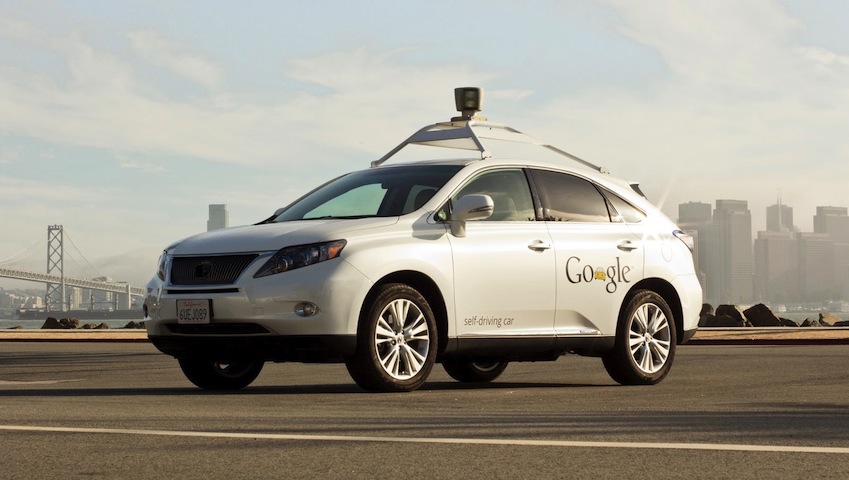“People are drowning in big data,” SurveyMonkey’s CEO Dave Goldberg says in the latest Decoding The New Economy video.
Goldberg sees SurveyMonkey as bringing order to the world of big data in allowing organisations to put their information in context, “We want people to ask the right questions so we can get better data.”
“Here’s a question I need to answer – how happy are my employees? what do customers think of my new product? What are my students doing at school this year?”
Growing the survey industry
One group that’s uncomfortable with the rise of SurveyMonkey, a privately listed company that’s worth $1.3 billion after a capital raising last year, are traditional market research firms who see the service as putting a powerful tool in experienced hands. Goldberg sees it as an opportunity for the market research industry.
“We’re not replacing market researchers,” says Goldberg, “most people who come to SurveyMonkey haven’t used a market researcher before. It actually probably creates more demand for more sophisticated research down the line.”
Goldberg himself isn’t from a market research background, instead he hails from the tech sector having set up LAUNCH in 1994, one of the early music streaming companies which he sold to Yahoo! in 2001 and became the company’s Director of Music.
He left Yahoo1 in 2007 and spent two years in the venture capital industry before joining SurveyMonkey as CEO in 2009.
Understanding the data
From his experience, Goldberg sees understanding data the key business skill for today’s workers, firmly believing that kids should be taught statistic rather than coding.
“Everyone is going to have to learn how to use data.” Says Goldberg, “someone was asking me the other day about sort of skills should we teach our kids to prepare them for the future and I think the thing we’re not doing enough of is teaching them how to use and analyze data.”
To Goldberg we’re still in the early days of understanding how mobile and social media are going to change business with understanding data being one of the great opportunities.
“Implicit data is really interesting but it tells you ‘what’, it doesn’t tell you the ‘why’, believes Goldberg. “We think what we do is the explicit side, we gotta ask people to get the ‘why.”
Similar posts:




